#Robert Morley
Text

Robert Morley (British, 1857-1941)
The Literary Critics, 1888
oil on panel, 25 x 30 in (63.5 x 76.2 cm)
via Christies
ID: Ariel Toucan, a subspecies of the Channel-billed Toucan (Ramphastos vitellinus ariel)
#bird#birds#birds in art#toucan#toucans#Channel-billed Toucan#Ariel Toucan#Neotropical birds#Robert Morley#British art#European art#19th century art#painting#oil painting#private collection#Christies#species ID
419 notes
·
View notes
Text

The Literary Critics. Robert Morley (1857-1941)
via
843 notes
·
View notes
Text
Oscar Nominee of All Time Tournament: Round 1, Group A
(info about nominees under the poll)

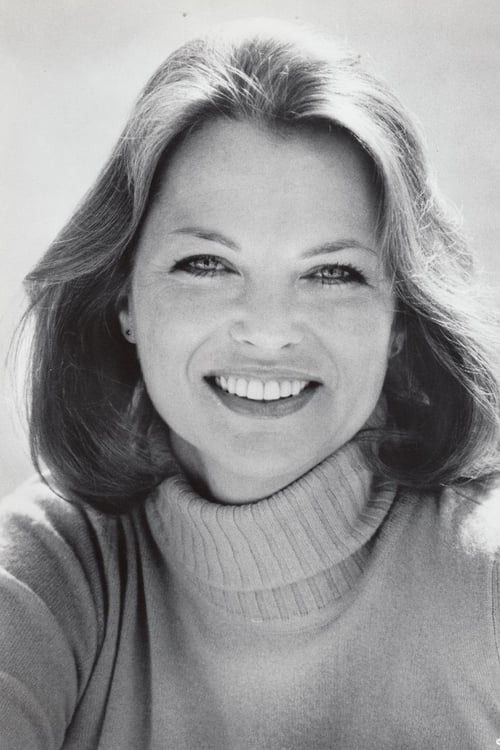
ROBERT MORLEY (1908-1992)
NOMINATIONS:
Supporting- 1938 for Marie Antoinette
--
LOUISE FLETCHER (1934-2022)
WINS:
Lead- 1976 for One Flew Over the Cuckoo's Nest
#oscars#academy awards#actors#film#oscar nominees#oscar winners#robert morley#louise fletcher#marie antoinette 1938#one flew over the cuckoo's nest#nominees group a#nominees group a polls
13 notes
·
View notes
Text



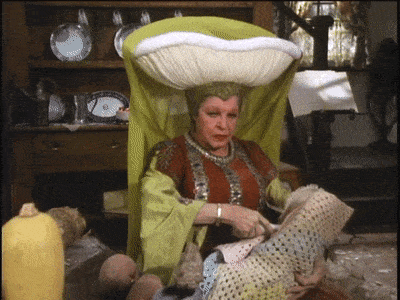

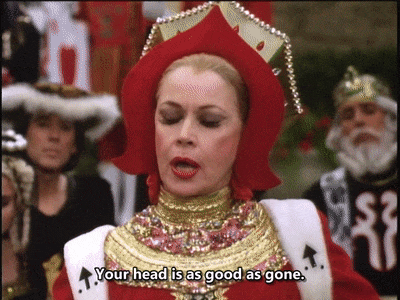
Alice in Wonderland (1985)
#Alice in Wonderland#1985#Natalie Gregory#Sharee Gregory#Sammy Davis Jr.#Martha Raye#Imogene Coca#Telly Savalas#Jayne Meadows#Robert Morley
15 notes
·
View notes
Text

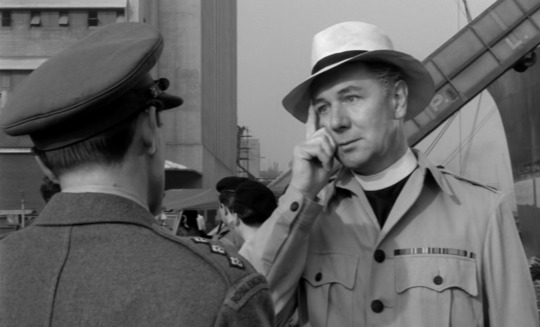
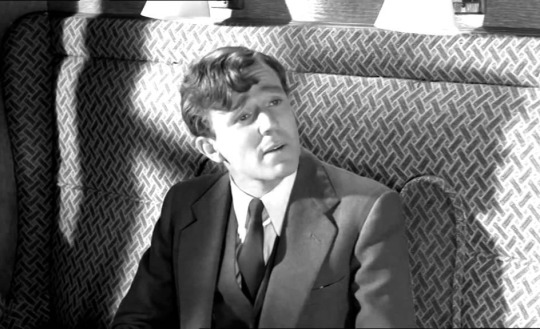

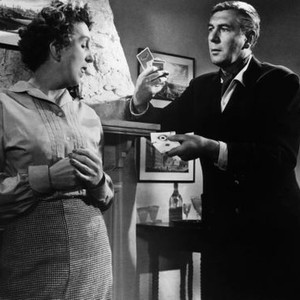


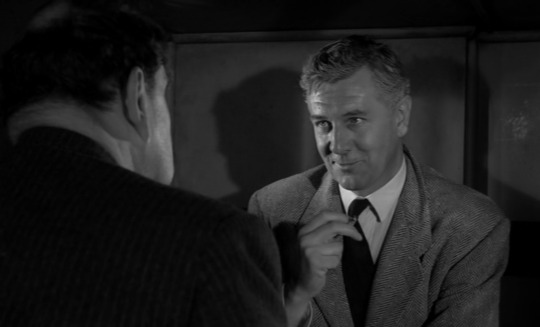


Law and Disorder (1958)
"Right, now listen boys, it's all lined up: we're getting rid of the judge."
"What?"
"Knock off a judge? You must be raving, we'll spend the rest of our lives in clink."
"Here, let me out!"
"We don't have to touch him. Police are gonna arrest him."
"Oh, that's better. Thought we'd turned nasty."
#law and disorder#1958#british cinema#charles crichton#t.e.b. clarke#michael redgrave#robert morley#ronald squire#joan hickson#lionel jeffries#elizabeth sellars#brenda bruce#jeremy burnham#george coulouris#meredith edwards#harold goodwin#john le mesurier#allan cuthbertson#michael trubshawe#sam kydd#john paul#minor brit comedy whose irreverence and slightness is really a strength; there isn't a lot to this‚ but it's honestly#so charming and so feather light that you can't help but be kind of swept along with it. a lot of what works rests on Redgrave's shoulders#in a beautifully measured turn as an unrepentant con artist who views increasingly long stretches in prison as a fair trade for the money#he can make and put away for the betterment of his son (who of course‚ knowing nothing of his father's 'work'‚ chooses to pursue a#career in the law). Morley at first appears to be playing the same kind of larger than life cartoonish buffoon he so often did but to the#credit of the film his character is revealed to have more nuance and more depth than expected in the final act. the supporting cast is wall#to wall brit character acting legends and that was the main appeal for me; nearly every speaking role is taken by someone of note‚ even if#(as in the case of permafave Alfie Burke) it's literally just 30 seconds of screentime. disposable fluff at the end of the day‚ but a#delightful kind of fluff‚ and a moreish kind‚ like cotton candy.
8 notes
·
View notes
Text
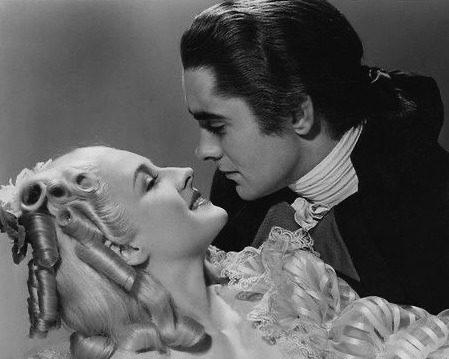
Norma Shearer and Tyrone Power in Marie Antoinette 1938 💎
#old hollywood#beauty#romantic drama#1930s cinema#historical drama#norma shearer#tyrone power#anita louise#john barrymore#robert morley#1770s fashion#1780s fashion#french revolution
17 notes
·
View notes
Text

Robert Morley and Norma Shearer in Marie Antoinette (W.S. Van Dyke, 1938)
Cast: Norma Shearer, Tyrone Power, John Barrymore, Robert Morley, Anita Louise, Joseph Schildkraut, Gladys George, Henry Stephenson. Screenplay: Claudine West, Donald Ogden Stewart, Ernest Vajda. Cinematography: William H. Daniels. Art direction: Cedric Gibbons, Henry Grace. Film editing: Robert Kern. Costume design: Adrian, Gile Steele. Music: Herbert Stothart.
Hollywood historical hokum, W.S. Van Dyke's Marie Antoinette was a vehicle for Norma Shearer that had been planned for her by her husband, Irving G. Thalberg, who died in 1936. MGM stuck with it because as Thalberg's heir, Shearer had control of a large chunk of stock. It also gave her a part that ran the gamut from the fresh and bubbly teenage Austrian archduchess thrilled at the arranged marriage to the future Louis XVI, to the drab, worn figure riding in a tumbril to the guillotine. Considering that it takes place in one of the most interesting periods in history, it could have been a true epic if screenwriters Claudine West, Donald Ogden Stewart, and Ernest Vajda (with uncredited help from several other hands, including F. Scott Fitzgerald) hadn't been pressured to turn it into a love story between Marie and the Swedish Count Axel Fersen. But the portrayal of their affair was stifled by the Production Code's squeamishness about sex, and the long period in which Marie and Louis fail to consummate their marriage lurks unexplained in the background. MGM threw lots of money at the film: Shearer sashays around in Adrian gowns with panniers out to here, with wigs up to there, and on sets designed and decorated by Cedric Gibbons and Henry Grace that make the real Versailles look puny. The problem is that nothing like a genuine human emotion appears on the screen, and the perceived necessity of glamorizing the aristocrats turns the French Revolution on its head. The cast of thousands includes John Barrymore as Louis XV, Gladys George as Madame du Barry, and Joseph Schildkraut (made up with what looks like Jean Harlow's eyebrows and Joan Crawford's lipstick) as the foppish Duke of Orléans. The best performance in the movie comes from Morley, who took the role after the first choice, Charles Laughton, proved unavailable; Morley earned a supporting actor Oscar nomination for his film debut. With the exception of The Women (George Cukor, 1939), in which she is upstaged by her old rival Joan Crawford, this is Shearer's last film of consequence. When she turned 40 in 1942, she retired from the movies and lived in increasing seclusion until her death, 41 years later. It says something about Shearer's status in Hollywood that Greta Garbo, who retired at about the same time, and who also sought to be left alone, was the more legendary figure and was more ardently pursued by gossips and paparazzi.
9 notes
·
View notes
Text

Shirl's 90. Geburtstag begehen wir gleich siebenfach mit Vittorio De Sicas reizender Sammlung unmoralischer Geschichtchen, in der sie sieben verschieden Frauen spielt. Hoch soll sie leben! Sieben mal hoch.
#Woman Times Seven#Shirley MacLaine#Geburtstagsgrüße#Alan Arkin#Rossano Brazzi#Michael Caine#Vittorio Gassman#Peter Sellers#Lex Barker#Robert Morley#Anita Ekberg#Elsa Martinelli#Philippe Noiret#Film gesehen#Vittorio De Sica
2 notes
·
View notes
Text


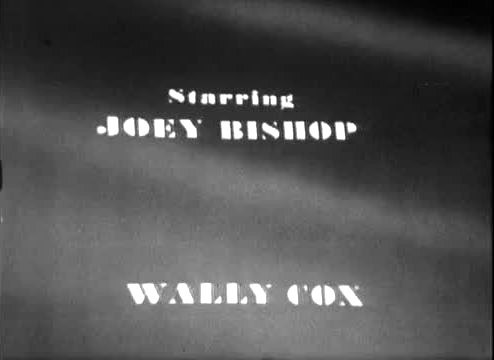
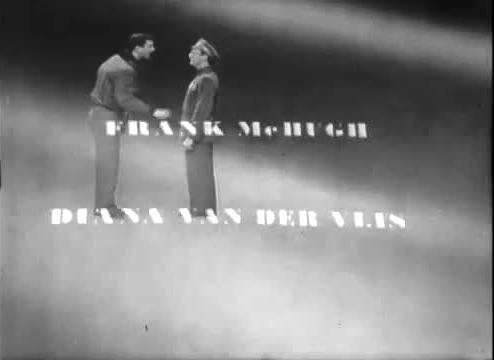



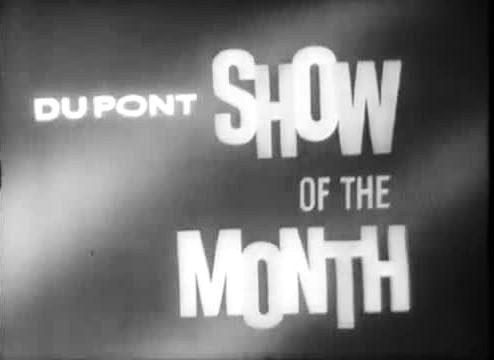



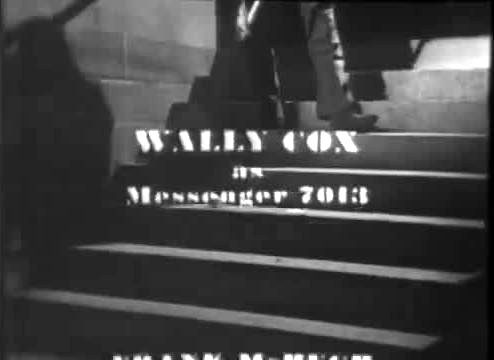


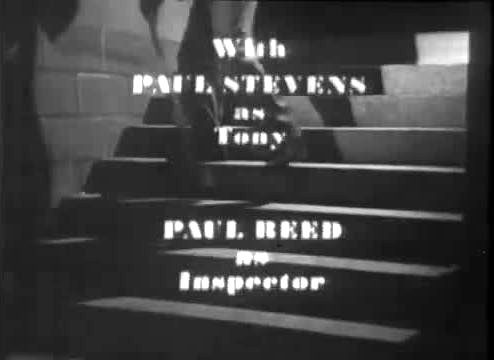
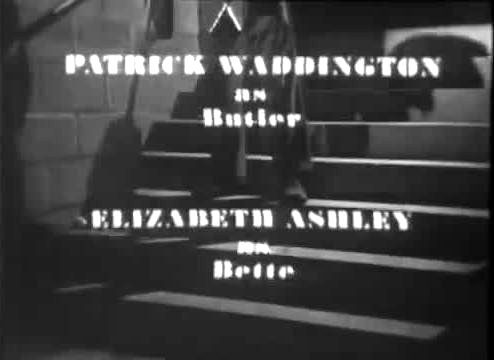





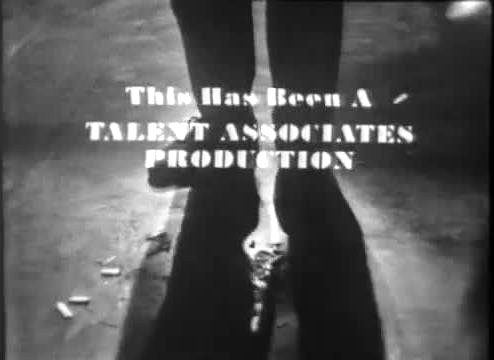
Heaven Can Wait - CBS - November 16, 1960
A presentation of DuPont Show of the Month Season 4 Episode 3
Comedy / Drama
Running Time: 90 minutes
Stars:
Anthony Franciosa as Joe Pendleton
Joey Bishop as Max Levine
Wally Cox as Messenger 7013
Frank McHugh as Lefty
Diana Van der Vlis as Julia Farnsworth
Robert Morley as Mr. Jordan
Paul Stevens as Tony Abbott
Paul Reed as Inspector
Patrick Waddington as Butler
Elizabeth Ashley as Bette
Bud Palmer as Announcer
Martin Ashe as First Escort
Jean Sincere as Suzie
Farrell Pelly as Doctor
Henry Wallitsch as Smallings
#Heaven Can Wait#TV#DuPoint Show of the Month#Comedy#Drama#1960's#CBS#Anthony Franciosa#Joey Bishop#Wally Cox#Robert Morley#Diana Van der Vlis#Frank McHugh
2 notes
·
View notes
Photo



Sending a Message to Robert Morley
12 notes
·
View notes
Photo
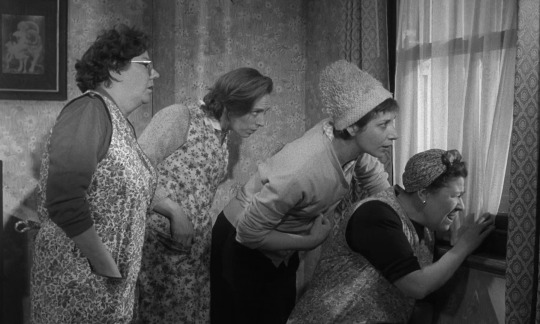


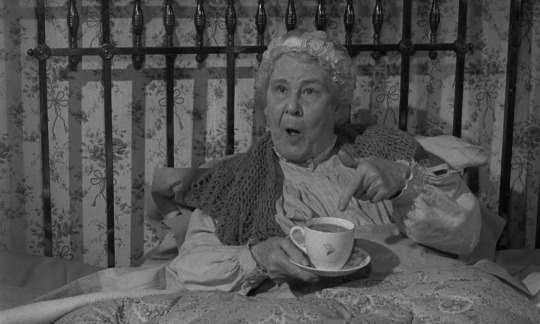

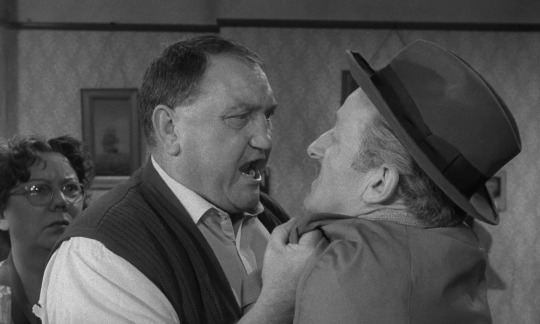




Ladies Who Do | C.M. Pennington-Richards | 1963
#C.M. Pennington-Richards#Ladies Who Do#1963#Peggy Mount#Miriam Karlin#Avril Elgar#Dandy Nichols#Harry H. Corbett#Robert Morley#Jon Pertwee#Margaret Boyd#Arthur Mullard
14 notes
·
View notes
Text

The captain applied to the port-admiral, and obtained permission to send parties on shore to impress seamen. The second and third lieutenants, and the oldest midshipmen, were despatched on shore every night, with some of the most trustworthy men, and generally brought on board in the morning about half a dozen men, whom they had picked up in the different alehouses or grog-shops, as the sailors call them. Some of them were retained, but most of them sent on shore as unserviceable; for it is the custom, when a man either enters, or is impressed, to send him down to the surgeon in the cock-pit, where he is stripped and examined all over, to see if he be sound and fit for his Majesty's service; and if not, he is sent on shore again.
— Frederick Marryat, Peter Simple
The Press Gang, by Robert Morley (1857–1941).
#frederick marryat#captain marryat#age of sail#peter simple#press gang#impressment#naval art#sailors#robert morley#english literature#british literature
13 notes
·
View notes
Photo

Jon Hamm for imogene + willie.
Photo and styling by me. https://www.instagram.com/morleyrobert/
9 notes
·
View notes
Text

(Original Caption) They "beat the devil" together...Three famous screen personalities exchange comments upon their arrival in London by plane from location in southern Italy for BEAT THE DEVIL (1953), Robert Morley, Humphrey Bogart, and Peter Lorre
27 notes
·
View notes
Text

Robert Morley, May 26, 1908 – June 3, 1992.
18 notes
·
View notes
Photo


Films Watched in 2022:
83. A Study in Terror (1965) - Dir. James Hill
#A Study in Terror#James Hill#John Neville#Donald Houston#John Fraser#Anthony Quayle#Barbara Windsor#Robert Morley#Adrienne Corri#Frank Finlay#Judy Dench#Barry Jones#Edina Ronay#Sherlock Holmes#Jack the Ripper#Arthur Conan Doyle#Films Watched in 2022#My Edits#My Post
15 notes
·
View notes